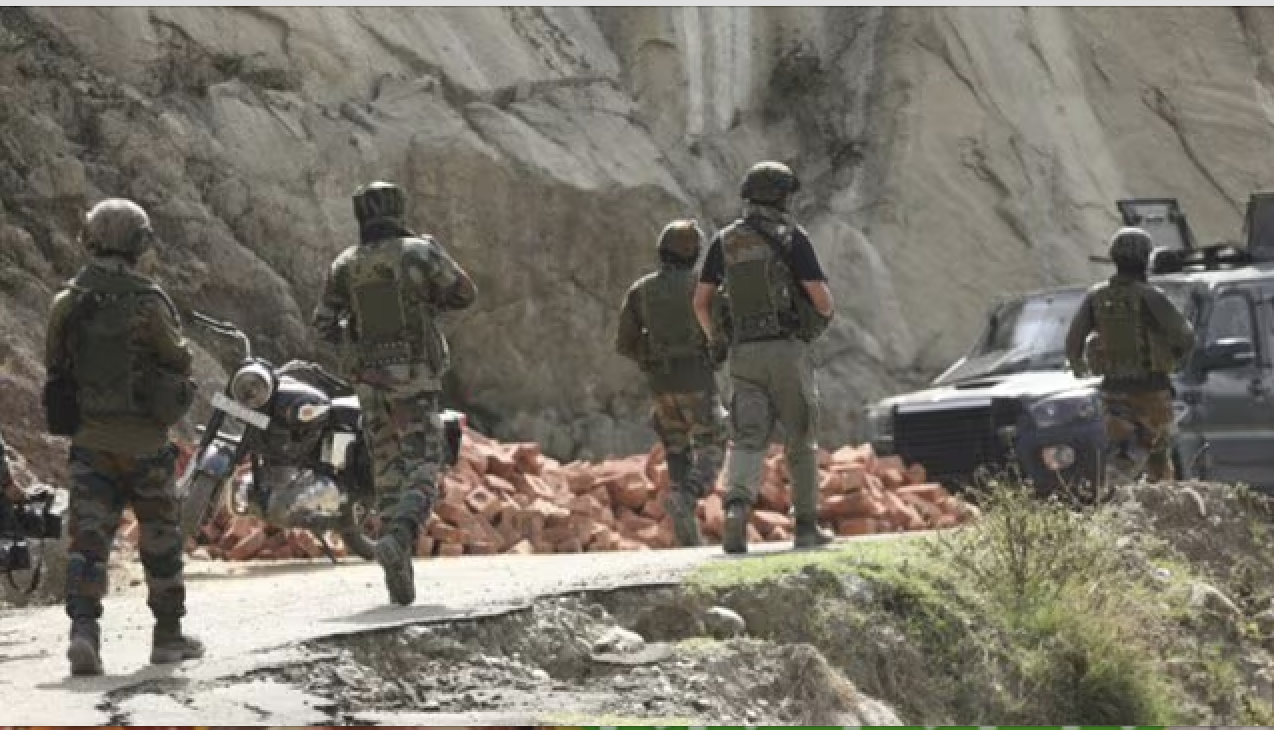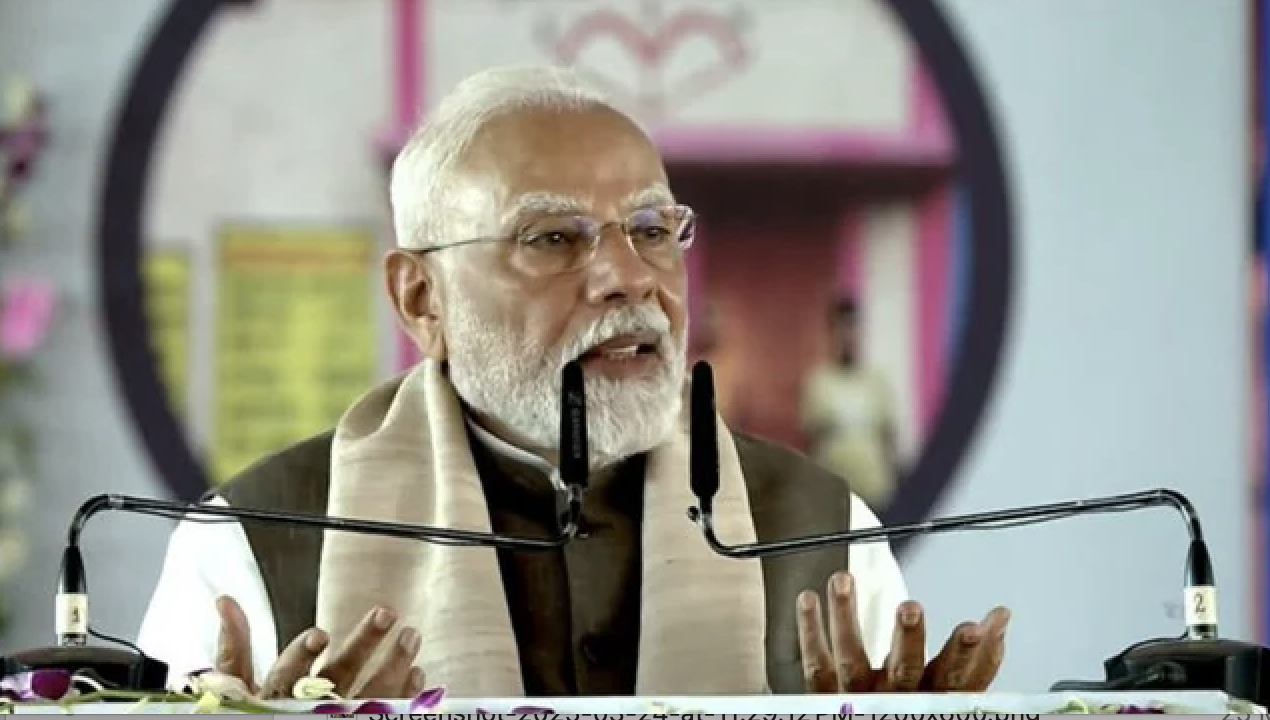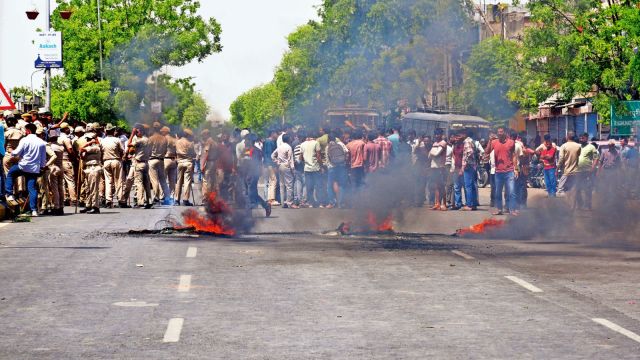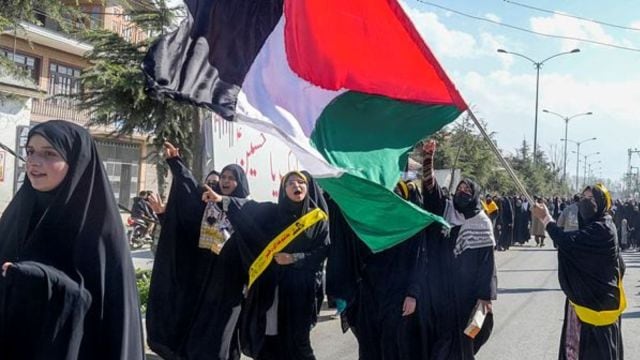
The photograph of a Muslim man being dragged with three policemen in the frame escorting a Hindutva mob in Hapur is extremely disturbing for people having faith in Law enforcement agencies in India.
Last month, a video with a policeman walking with the mob that was setting vehicles and property ablaze in the Aurangabad city also went viral.
The police force in India was created in colonial rule to cater to the needs of the British. The British used it as a tool to suppress any kind of agitation or uprising against them. However, even after 70 years of independence, there is no change in the character of the police. In fact, colonialism has shifted to caste and communal bias with just a few exceptions.
Ethically, a police officer is expected to keep peace, protect the innocent and weak against violence and disorder, and to ensure the constitutional rights of all to liberty, equality and justice. But in India there’s blatant misuse of power by the police with open favouritism in communal riots.
The Police has often misused the power granted to them by the law to curb riots. In most of the communal violence in India, the police has shown marked prejudice against the minority communities. This was seen at its worst in the communal violence in Mumbai (1992-93), in Gujarat (2002), Delhi(1984); and in Orissa (2008).
The 1992 Mumbai violence demonstrated that a considerable section of the police force was communalised. They did not use water canons, tear gas, rubber bullets, or pellet guns, they simply shot to kill and 192 people lost their lives in police firing.
In 2002 a large section of the Gujarat police was part of the mobs engaged in killing, burning and lynching poor and helpless Muslims. A number of reports make it clear that the police aided and abetted the rioters against the minority community. All vital and sensitive postings in the Gujarat police were systematically politicised and saffronised by the BJP immediately after coming to power. On February 28, 2002 planned violence was engineered in 30 different locations all over the state; 40 persons were shot dead by the police in Ahmedabad city out of which 36 were Muslims.
In 1992 Mumbai riots the police officers and the constables openly said that they were Shiv ‘Sainiks at heart and policemen of a supposedly secular state by accident’.
Dr. Paul Brass, the professor emeritus of political science in University of Washington in his ‘The Production of Hindu-Muslim Violence in Contemporary India’ denotes various perceptions of police officers which include:
1. In all other previous riots in the country before the current violence, Muslims took the upper hand which resulted in huge loss to the Hindu community. Therefore, there is moral justification if in the current riot, casualties on the Muslim side are heavier.
2. Muslims are excitable and irrational people who are guided by their religious instincts. Hindus, on the other hand, are law abiding and cooperate with the police in controlling riots.
3. Riots take place in such districts where Muslims are either in a majority or they constitute a sizeable minority.
4. Riots are started by the Muslims and they invariably take the first opportunity to strike at the other community and the police.
5. State Government attaches a great deal of importance in ensuring quick control of rioting. Since Muslims are aggressive, it is necessary that they are taught a ‘lesson’ through arrests, firing and third degree methods.
The Report of Srikrishna Commission accused the Mumbai police of a ‘built in bias’ against Muslims which became more pronounced after attacks on the police force. Transcripts of conversations between the police control room and officers on the streets, taken from the regular police radio band and made available to The New York Times by an Indian reporter, show that the officers at police headquarters repeatedly told constables in the field to allow Muslim homes to burn and to prevent aid from reaching victims.
The Bhagalpur riots, which swallowed 250 villages in the wake of the Shila Pujan procession on October 24,1989, and claimed more than 1,200 lives in Bihar. A three-man inquiry commission, headed by Justice R.N. Prasad came out with a set of two reports, pointing fingers at officials – both civil and police forces. Holding SP K.S. Dwivedi completely responsible for the incidents before and after October 24, the commission says; “His communal bias was fully demonstrated, not (only) by the manner of arresting the Muslims but also by not extending adequate help to protect them.”
Recently, K.S. Dwivedi has been appointed Director General of Bihar police (DGP) under the Nitish Kumar led NDA government. Director of the Institute for Peace Studies and Conflict Resolution, Irfan Engineer claimed that the failure of police to protect the Sikhs in Delhi (1984); to protect the Muslims in Mumbai (1992-93) and in Gujarat riots (2002); and to protect the Christians in Orissa (2008); are dangerous phases in India. The perpetrators were aware that delay in police actions was the only opportunity to achieve their goals.
After the 1984 anti Sikh riots, an enquiry headed by Justice Rangnath Mishra Commission observed that riots occurred broadly on account of the total passivity, callousness and indifference of the police in controlling the situation and protecting theSikh community. Several instances have come to be narrated where police personnel in uniform were found marching behind or with the mobs. Since they did not make any attempt to stop the mob from indulging in criminal acts, an inference has been drawn that they were part of the mob and had shared intention and purpose.
According to Justice Nanavati, who wrote the 1984 anti-Sikh riots Report, there was no clear difference between what happened in Gujarat and Delhi. In the former Muslims were the victims, in the second, Sikhs. In both he found enough evidence to come to the conclusion that politicians and the police turned a blind eye to the crimes committed.
In Rajasthan’s Bharatpur riots in 2011 also, the police targeted Muslims and fired upon them even inside a mosque. 219 rounds were fired by the police during the riots and nine people were shot dead.
All Commissions have established that the police either actively participated or stood silently as the violence went on. There is a clear evidence from these instances that the role of the police during communal riots has been far from satisfactory. The pattern is the same in every communal riot. The allegations of prejudice of the police against the minorities during periods of communal violence isn’t a new phenomenon. In spite of these findings by various commissions, no ruling party has till date shown the courage to investigate cases against police misconduct.
This story was first published in TheCitizen.in on June 27, 2018.






